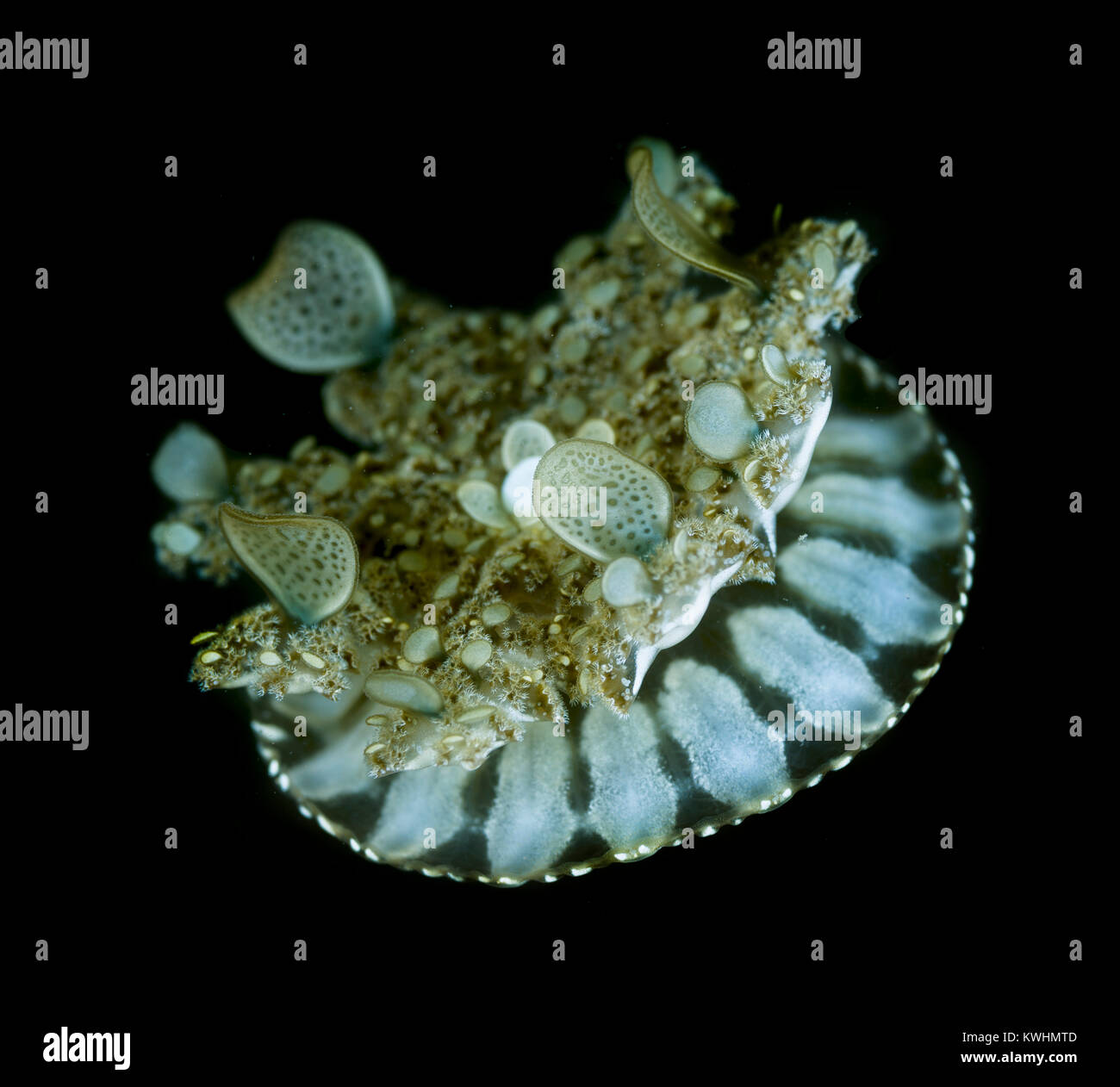

READ ALSO -> Sensational scientific discovery, strange footprints appeared at the bottom of the ocean But the Cassiopeia is really not dangerous at all. In fact, although it is the most widespread specimen in our seas, especially in the Mediterranean, it is unfortunately often the object of oppression and harassment by tourists. its presence is essential to maintain a healthy cycle within the food chain. It is also compared to that of a spaceship due to its particular shape seen from above.Īccording to experts, it is a specimen that must be treated with care and above all protected, since its importance is fundamental in our seas. This invertebrate has a diameter of about 35 centimeters and is very often associated with the image of a “fried egg”. Is the Mediterranean Cassiopeia dangerous?Īlthough it is a jellyfish, it is important to specify, in fact, that the Mediterranean Cassiopeia, known scientifically as Cotylorhiza tubercolata, is absolutely not dangerous and is a very particular specimen of the genus. Not only close to the coast, disturbing vacationers with its pungent bites, but also crowding on the shore.ĭespite this, there is a rather particular specimen that has been talked about a lot in recent days. In certain circumstances, especially during the hottest periods, it multiplies on Italian beaches. One of the common inhabitants of our seas is the jellyfish. The presence of animals that inhabit our wonderful coast and especially the seabed. However, we know well that the sea is a place that can also hide many dangers, not only due to water and currents. Finally a break away from all the daily stress. It’s time to enjoy a well-deserved rest after a long and stressful winter.

It is now vacation time and all Italians, and no, are in a hurry to leave to head to their favorite seaside destinations. Cassiopeia is on the Italian coast: let’s see what it is. It does not store any personal data.Home ✼assiopeia Mediterranea, the dancing jellyfish is in our seas: bewareįor a few hours, a new warning from the experts has spread.
.jpg)
The cookie is set by the GDPR Cookie Consent plugin and is used to store whether or not user has consented to the use of cookies. The cookie is used to store the user consent for the cookies in the category "Performance". This cookie is set by GDPR Cookie Consent plugin.

The cookie is used to store the user consent for the cookies in the category "Other. The cookies is used to store the user consent for the cookies in the category "Necessary". The cookie is set by GDPR cookie consent to record the user consent for the cookies in the category "Functional". The cookie is used to store the user consent for the cookies in the category "Analytics". These cookies ensure basic functionalities and security features of the website, anonymously. Necessary cookies are absolutely essential for the website to function properly. Also other young trevally, for example the amberjack, have the same behavior. The young gather in packs under the umbrella of large jellyfish (especially of the Rhizostoma pulmo and Cothylorhiza tuberculata species) finding shelter and protection without any danger as they are immune to the venom of its nematocysts. It gathers in large schools in coastal waters, where it feeds on crustaceans, cephalopods and other fish. It is normally about 30 cm long, but some specimens reach 40 cm. The dorsal fins are gray, the anal fins and whitish ventral fins, the pectoral fins and the ventral grayish-green. The sides are silver and have a black spot on the postero-superior part of the operculum and another on the pectoral axilla. the lateral line is equipped with very wide scutellos. It has an accessory lateral line extended along almost the entire back, which is green with lively iridescence. There are two main populations: the western one that lives off western Europe, and the northern population living in the North Sea. It is found in the north-eastern Atlantic Ocean, from Iceland to Senegal, including the islands of Cape Verde, as well as in the Mediterranean Sea and rarely in the Black Sea. It lives in deep areas between 2 m, but it can rarely be found at low depth, especially in sheltered and shady areas. The horse mackerel ( Trachurus trachurus) or suro or “spicaluru” is a seawater fish from the family of Carangidae.


 0 kommentar(er)
0 kommentar(er)
